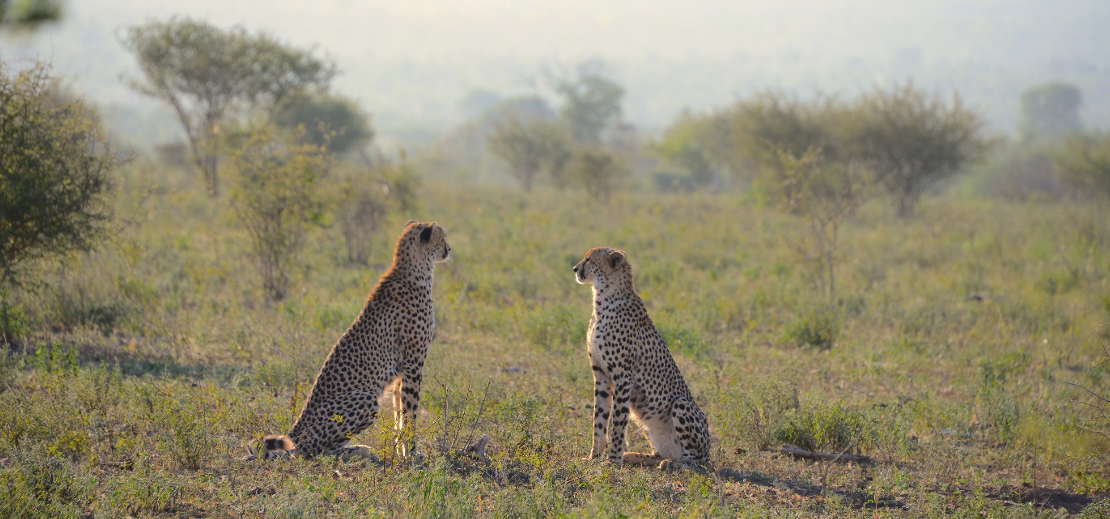
With the support of BIOFIN, the Government of South Africa has officialised, on the 12th of October, the increase of fees to access, possess and benefit from any threatened or protected species of the country. This first increase since 2009 is opening the way for further improvements to the biodiversity-related fees structures that will support closing the national biodiversity finance gap.
South Africa is one of the most biodiverse countries in the world. However, like most others, it faces a substantial biodiversity funding gap, threatening the national ambitious conservation objectives. While South Africa has committed to protect 30 per cent of its terrestrial, coastal, and marine areas (Target 3 of the CBD-GBF), the country is facing challenges in the maintenance and funding of its existing protected areas (representing approximately 9.8% of the country’s mainland surface area currently). Revenue from sources such as protected area gate fees, tourism concessions, conferencing facilities and fees and permits related to biodiversity can play an important role in supporting the financial sustainability of the conservation estate.
In support of this, BIOFIN, with the Department of Forestry, Fisheries and the Environment (DFFE), undertook a study on the state of fees and permits, which led to a 125% increase in the fees related to Threatened or Protected Species (TOPS). This gazetted change brings the fees in line with inflation.
It is believed that this first step will open the way for an alignment of all fees charged for biodiversity-related permits and licenses, such as the Bioprospecting Access and Benefit Sharing (BABS) permits, CITES fees, and Alien and Invasive Species (AIS) fees.
Unravelling fee and permit revenues
One of the findings of the study was that there is no readily available granular data on the specific source of fees and permits – in other words, it is difficult to determine how much of the fees and permits revenue comes from Threatened and Protected Species, and how much from CITES, Alien and Invasive Species, or Bioprospecting Access and Benefit Sharing fees and permits.
Collectively, these revenues amounted to R14.7 million per year (approximately USD 800,000 per year) on average between 2018 and 2020.
If all of these fees and permit (TOPS, CITES, BABS, AIS) were to be adjusted to allow for inflation, this would represent an additional R7.5 million (approximately USD 410 000) per year, representing an increase of 50% in comparison of today revenues.

Figure 1: Additional provincial and national revenue potential from fee adjustments for inflation relative to current revenue
Setting the right fees is a complex task and plays a crucial role in the conservation field. These permits have a direct impact on people’s behaviors and their relationship with regulators. Moreover, they are closely tied to the government's revenue, helping to fund the implementation of biodiversity actions. BIOFIN encourages periodic assessments and revisions to the biodiversity-related fees, in addition to inflationary increases.
Recognizing this, BIOFIN collaborated with DFFE and the Conservation Authorities to develop a national fee determination framework, which will support future fee and permit adjustments. This ongoing effort aims to support the South African government in closing the funding gap for biodiversity and fulfilling its obligations outlined in the Post-Kunming-Montreal Global Biodiversity Framework.
Categories
Archives
- April 2024 (5)
- March 2024 (3)
- February 2024 (6)
- January 2024 (3)
- December 2023 (1)
- November 2023 (7)
- October 2023 (5)
- September 2023 (2)
- August 2023 (3)
- July 2023 (1)